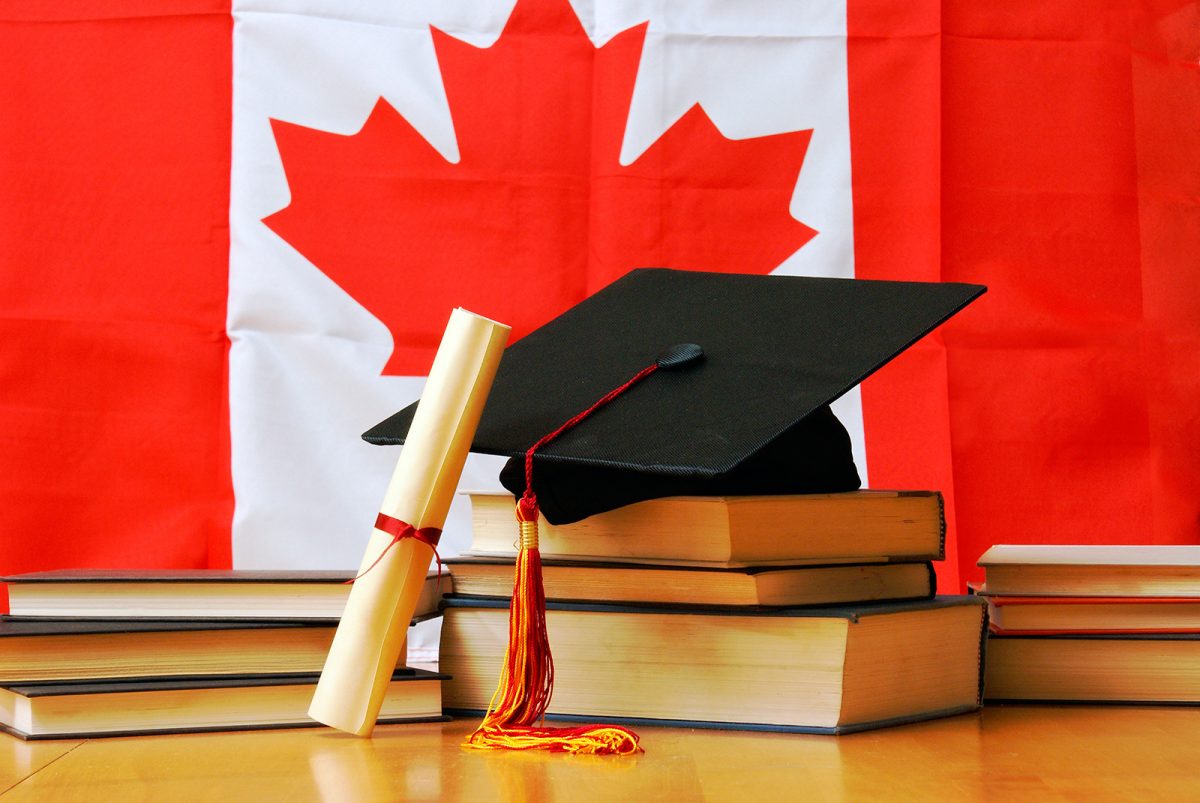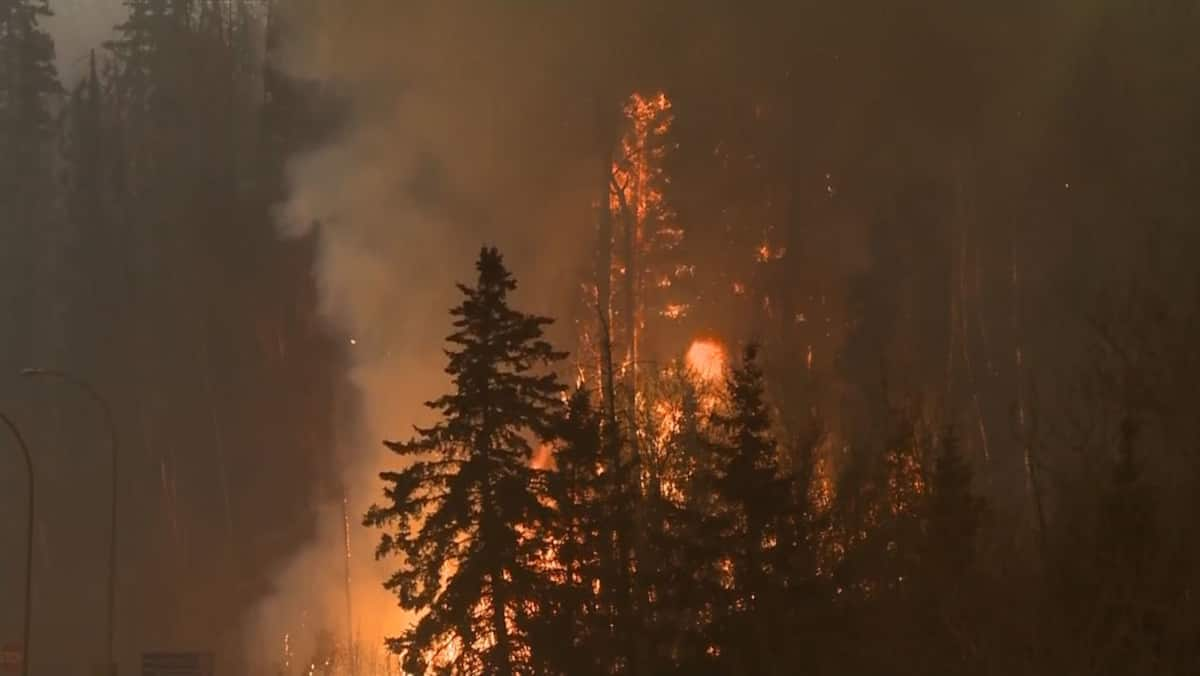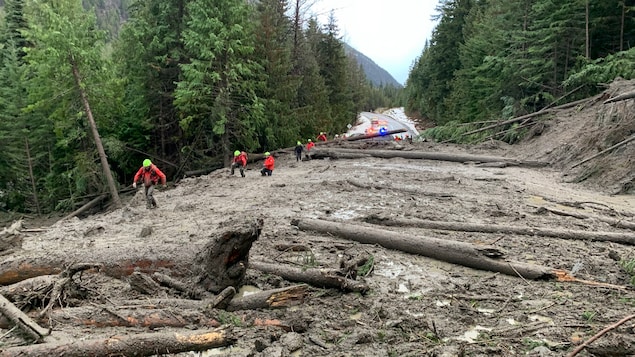What should a person consider if you are a citizen of any country in the world and desiring to study or work in Canada? Many factors, including tuition fees, accommodation expenses, and basic salary, would play a significant role in an individual’s decision to seek a Canadian working permit or school admission. However, are these considerations enough for a person aspiring to progress their career or education level in a foreign country like Canada?
It is worthwhile for students to evaluate the Canadian education system and understand its regulations and eligibility for persons intending to apply for admissions in colleges or universities. For instance, in Canada, the government prioritizes matters related to academics. In particular, local, provincial, and federal administrations fund, regulate, and offer the public education system in the country.
Although each province independently oversees its curriculum, the levels of education in Canada are almost similar.
4 Levels of Education in Canada
1. Pre-elementary
If you have relocated to Canada for working purposes and have a kid aged four years or below, what education level will fit her or him? Since such a child will not have started school, your first consideration would be kindergarten. It would be best if you did not worry about semantics in case you never came across a signpost with the name “kindergarten” within your vicinity.
The first stage in the Canadian education levels is pre-elementary, which is the same as “kindergarten” in some countries. Although Nova Scotia and New Brunswick require a kid to be four to five years old before he or she starts school, this limitation is unavailable in other provinces.
Federal, public, and private schools offer pre-elementary education to children. What does this mean to anyone wanting his or her child to study in Canada? Your pocket, location, and personal preference determine the type of school your kid would attend. During the first year of pre-elementary school, a guardian is likely to pay zero amount. What is more exciting about some of the early education levels in Canada by province is that your child can learn for additional years without paying any cent as long as you are from families with low socio-economic status. This privilege also covers pupils with physical or mental disabilities. Therefore, Canada has made education accessible to individuals with varying economic statuses.
Considering that a child at a tender age requires close monitoring and care, the country has greatly relaxed the teaching curriculum. Ideally, the teachers focus on teaching basic skills such as art, music, and some counting, besides the alphabet.
2. Primary
The Canadian education system offers a smooth transition from one academic level to another. In particular, the knowledge gained at the elementary level helps a pupil to join primary school. Canadian education mandates parents to take their children to primary schools, which run from grades 1 to 6. Most pupils join at the age of six or seven years and complete while 11 or 12 years old.
The format of the education system at this level entails teaching students in the same classroom. However, some subjects might require pupils to participate in laboratory practicals or fieldwork projects. Since some students might have physical or mental challenges, the government has established special education classes for them.
What do you think are some of the subjects taught at primary? Basically, they include but are not limited to physical education, social studies, science, History, English Language, mathematics, and reading. Some learners might be lucky to learn French, especially those in Quebec. The amount and complexity of concepts in class advance as students progress to the next stage.
3. Secondary
After finishing primary education level, a student would move to secondary. Ideally, this stage comprises two stages, junior high school and high school. Some people refer to the former level as intermediate education, as a student joins immediately after primary. The duration for completing junior high school, comprising grades 7 and 8, is two years.
Since adjusting from primary to secondary education might seem challenging for some students, the government opted to introduce junior high school. At this stage, learners learn how to switch teachers and classrooms throughout the day. After grade 8, students would be ready to tackle the expected difficulty in education.
In high school, entailing grades 8, 9, and 10 until 11 or 12, form the last part of secondary education. Depending on the province and students’ capability, they complete at the age of 16 or 18 years. According to laws and regulations guiding the Canadian education levels, a child should be at school till he or she is 16 years old. However, New Brunswick and Ontario allow students to remain in secondary until they earn a high school diploma.
4. Post-Secondary Education
A student can apply for admission to colleges or universities upon graduating from high school. Before joining a higher learning institution, education stakeholders mandate individuals to pass some key criteria. For instance, a student must join a specific trade school, often referred to as a smaller community college. At this level, a person continues equipping themselves with the academic knowledge required to pursue various university courses.
At higher learning institutions, you can earn bachelor’s degrees, master’s degrees, and Ph.D., in that order. Ideally, it is equitable to the US education system. Some high school students in Canada might want to secure admission to Ivy League colleges in the USA. However, they must write eye-catching personal statements or admission essays. In this case, they can look for an essay writing service Canada provided by CustomWritings. This company would provide a guideline or custom example that you will use to secure admission to a university in your “dream” city like London or New York City. You should not also worry about the cost of the services when purchasing the help for this website as prices are greatly discounted.
Other Education Levels in Canada by Province
Vocational schools
What do you think happens to students who fail to earn a high school diploma by the age of 16 to 18 years in Canada? Does it mean all is done? Each province in Canada has at least one of such institutions where such an individual can learn some technical skills such as plumbing and electrical installation. With one of these certifications, you can still have a decent life.
Religious schools
Just like any other nation, education levels in Canada incorporate religious schools for people with different faiths. Other than Catholic learning institutions, a parent can take their child to a faith-based pre-elementary, primary, secondary, and college. Here, these schools not only follow the national curriculum but also teach about spiritual values.
Generally speaking, the Canadian education system promotes equity in learning and writing, and varying academic capability is not an excuse for dropping out of school.

“Web specialist. Lifelong zombie maven. Coffee ninja. Hipster-friendly analyst.”



